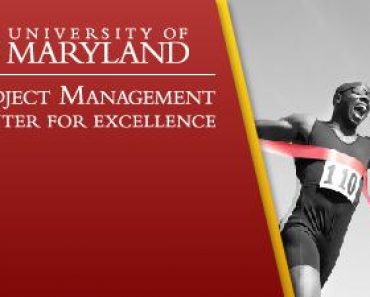Description
Agile provides greater opportunities for control and risk management and offers unique benefits that traditional methods miss, such as: Transparency with daily standup meetings discussing work status, risk, and pace. How a clear definition of done drives acceptance by all key stakeholders. Measuring performance and benefits of working solutions during project delivery. Iteratively testing to gain authentic feedback on solution requirements and stability. Regular retrospectives that drive continuous improvement into the team. In this course, you will learn how these levers of control far exceed traditional management methods of earned value management (EVM), which relies on estimates and no changes in scope. We’ll discuss how the key to unlocking the control potential is to learn what to manage, and how to measure it. This answer varies across levels of management, separating the concerns between the organization and the team. For the organization, the focus is on what capabilities are delivered and how to measure return on investment (ROI) capabilities provide. For teams, it’s a focus on team velocity and how to ensure its measurement is useful for diagnosing internal and external productivity constraints.Upon successful completion of this course, learners can earn 10 Professional Development Unit (PDU) credits, which are recognized by the Project Management Institute (PMI). PDU credits are essential to those looking to maintain certification as a Project Management Professional (PMP).
Price: FREE to audit!
Agile for Project Control through edX, a platform for education founded by Harvard and MIT.
TUN Helps Students!
Scholarships
Community
Copyright, 2024 – TUN, Inc

